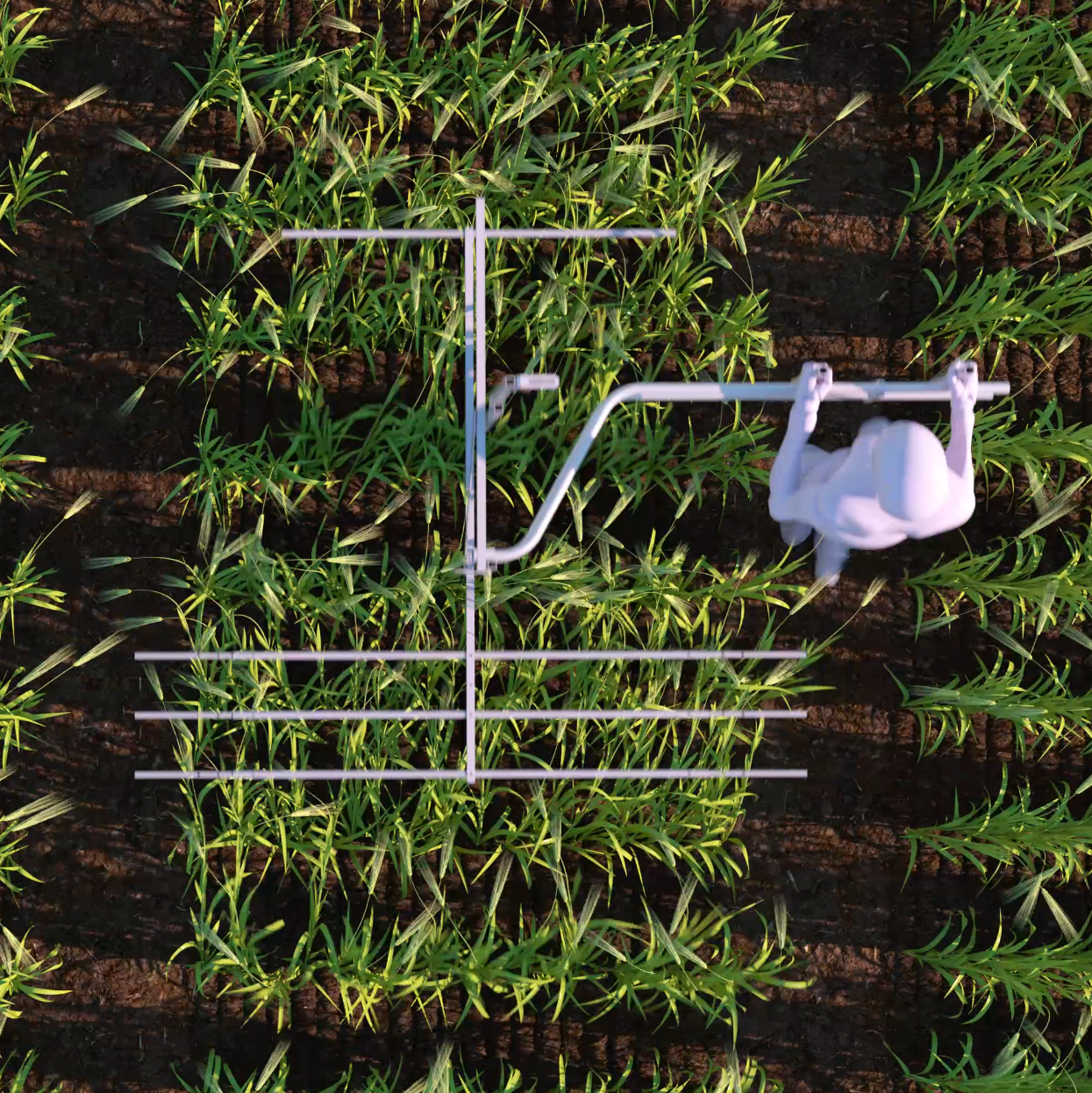The leading journal in its field, Bioinformatics publishes the highest quality scientific papers and review articles of interest to academic and industrial researchers. Its main focus is on new developments in genome bioinformatics and computational biology.
The paper: Modelling G×E with historical weather information improves genomic prediction in new environments appeared in Bioinformatics, Volume 35, Issue 20, 15 October 2019, Pages 4045–4052, at https://doi.org/10.1093/bioinformatics/btz197

Outline of our approach. (a) Targeted breeding aims at producing varieties that are optimal for a specific environment, i.e. combining traits that are optimal for a particular environment in the same genotype. In the figure, traits that are optimal for each environment are illustrated as plants partially coloured according to map segments. After breeding, all optimal traits are contained in the same new genotype. When compared with traditional breeding (b), targeted breeding aims at higher environmental adaptation, corresponding to smaller target environments. Weather (microclimate) is a crucial driver for agronomic performance, but as it is unknown for future growth seasons, we use historical weather records (c) to predict the environmental stresses. The growth locations differ with respect to their estimated probabilities of growth conditions and our method can be used to manage location-specific risk: yield predictions take into account both yield potential and the susceptibility to the stresses that are most likely to occur in the environmental condition distribution at each location
Results
We show that the response to the environment of a new generation of untested Barley cultivars can be predicted in new locations and years using genomic data, machine learning and historical weather observations for the new locations. Our results highlight the need for models of G×E: non-linear effects clearly dominate linear ones, and the interaction between the soil type and daily rain is identified as the main driver for G×E for Barley in Finland. Our study implies that genomic selection can be used to capture the yield potential in G×E effects for future growth seasons, providing a possible means to achieve yield improvements, needed for feeding the growing population.




